I think this looks like a great case. There is a reasonable balance between sound generators (VCOs), effects, and modulation. I don't follow GarfieldModulars' comments about envelope generators (ADSR). I use Stages for envelopes all the time, and it is excellent for that (along with Maths, which I don't have).
I really really suggest expanding slowly, if at all possible. I know everybody says that, but I built out my case too quickly, and I am still learning what modules I really need (though, some of my first modules were Filter 8, Disting, and Stages, and they are great!) Garfield Modular is exactly right that you should get a case that is twice the size of what you think you need.
I would hold off with the Links. Get some TipTop Stackcables, and then you don't need the mult (and you have other mixers). I will bet you, that you think of more interesting uses for those 4hp (e.g., Make Noise, LxD; Happy Nerding, FX Aid; Steady State Fate, MMF; Noise Engineering, Viol Ruina; just for some very different ideas of other uses of those 4hp).
I don't see much "percussion", but you can load some drum samples on the Disting, and use it as a trigger based drum machine (it can do two at the time). That was my drums for a while.
EDIT: Typo


